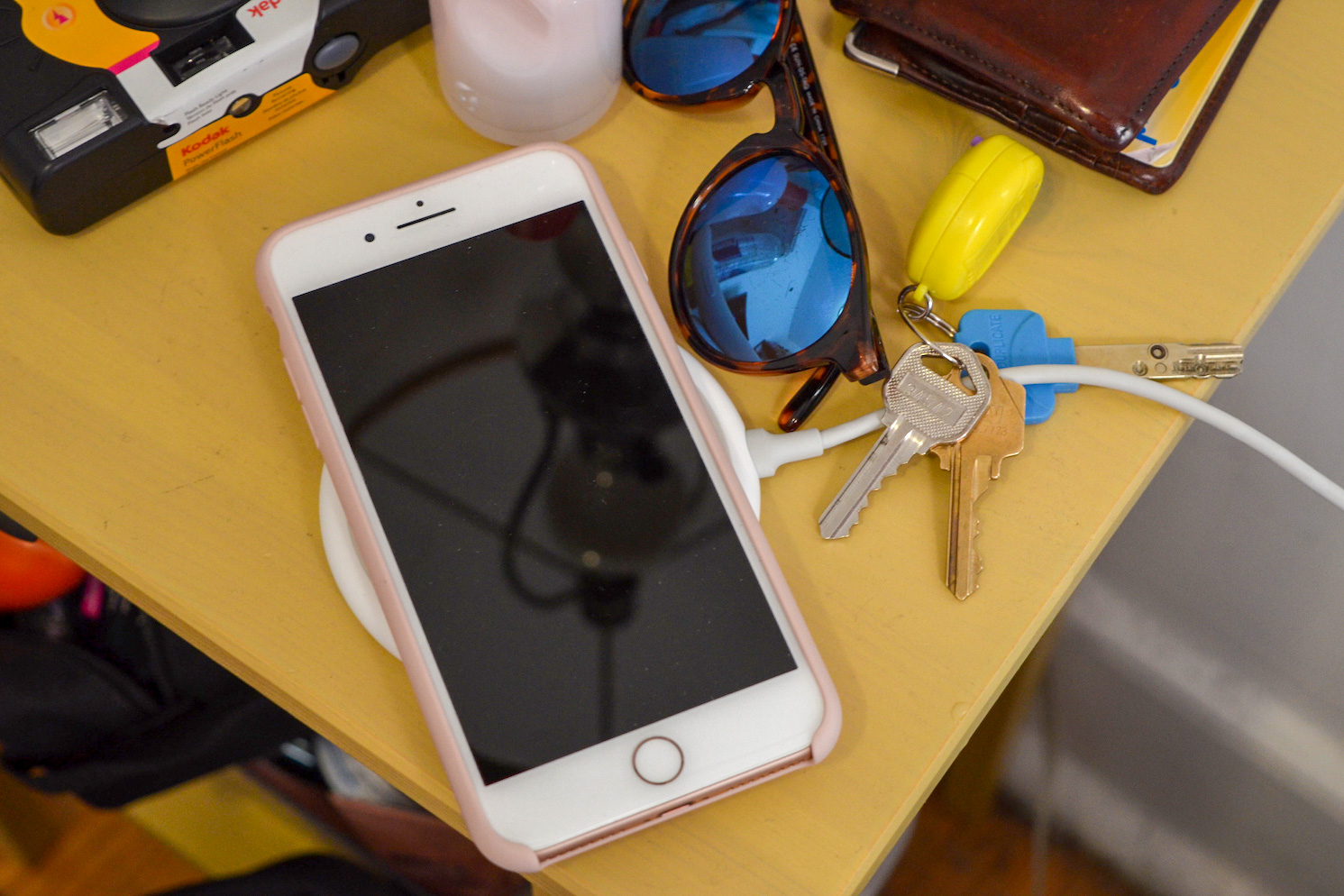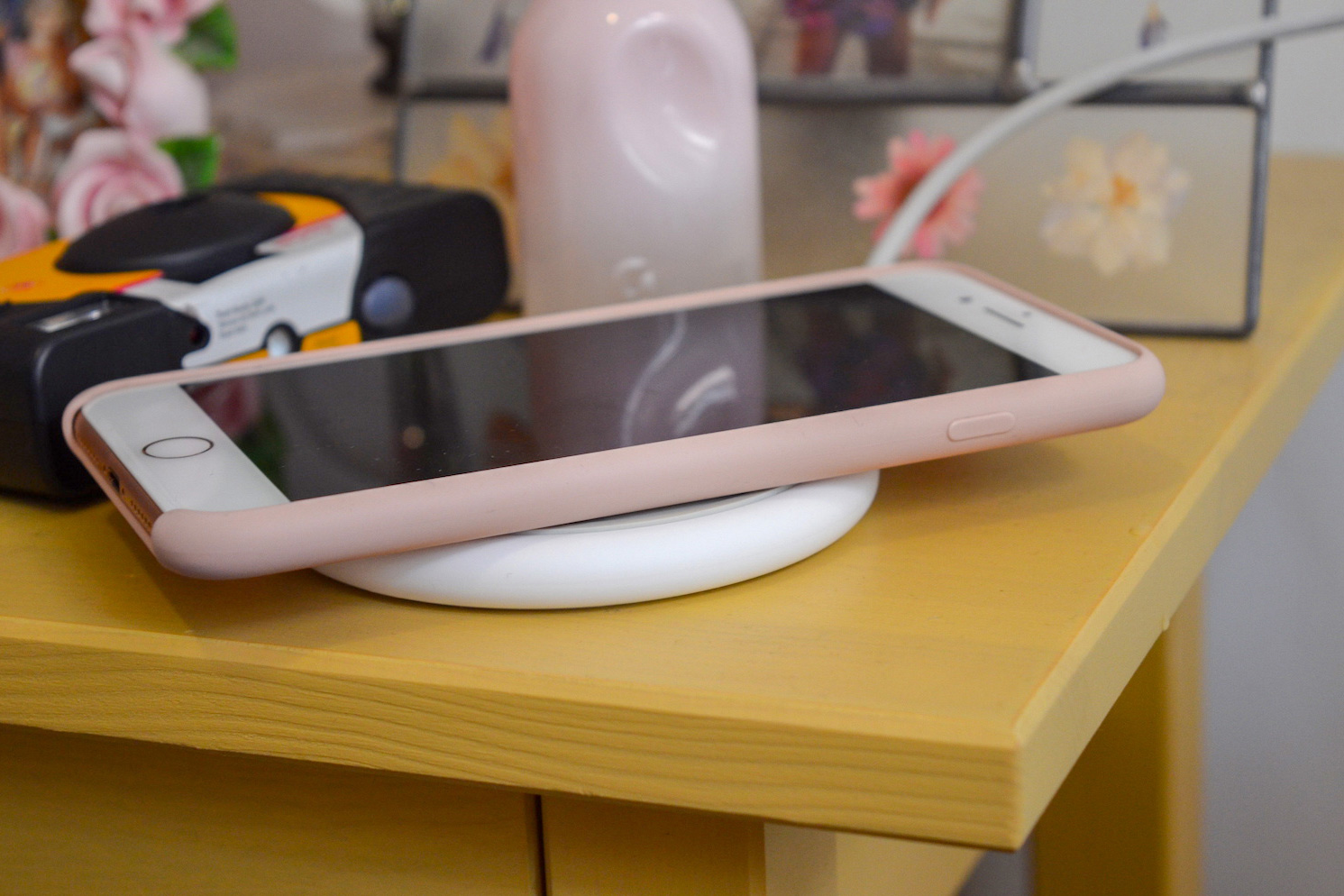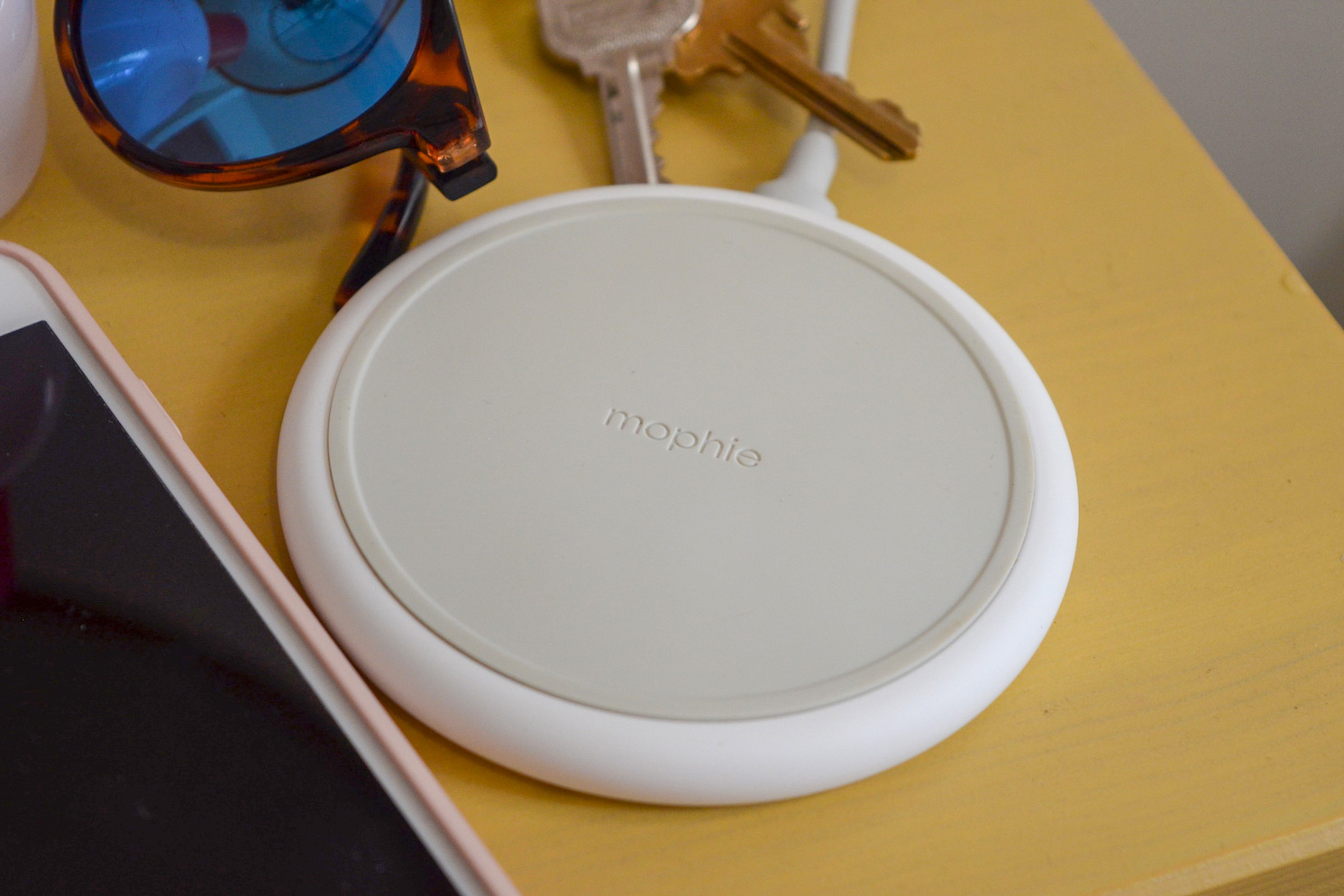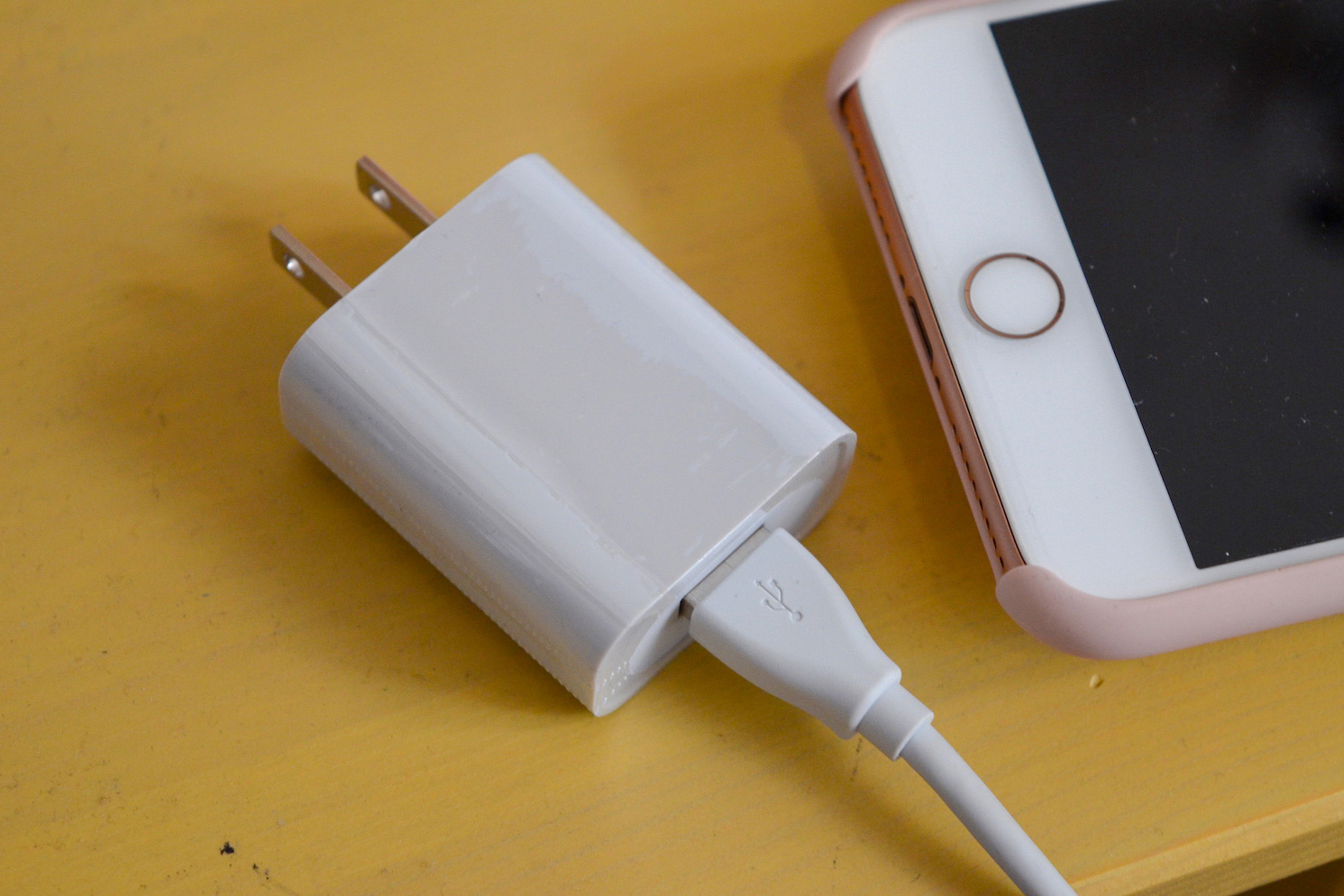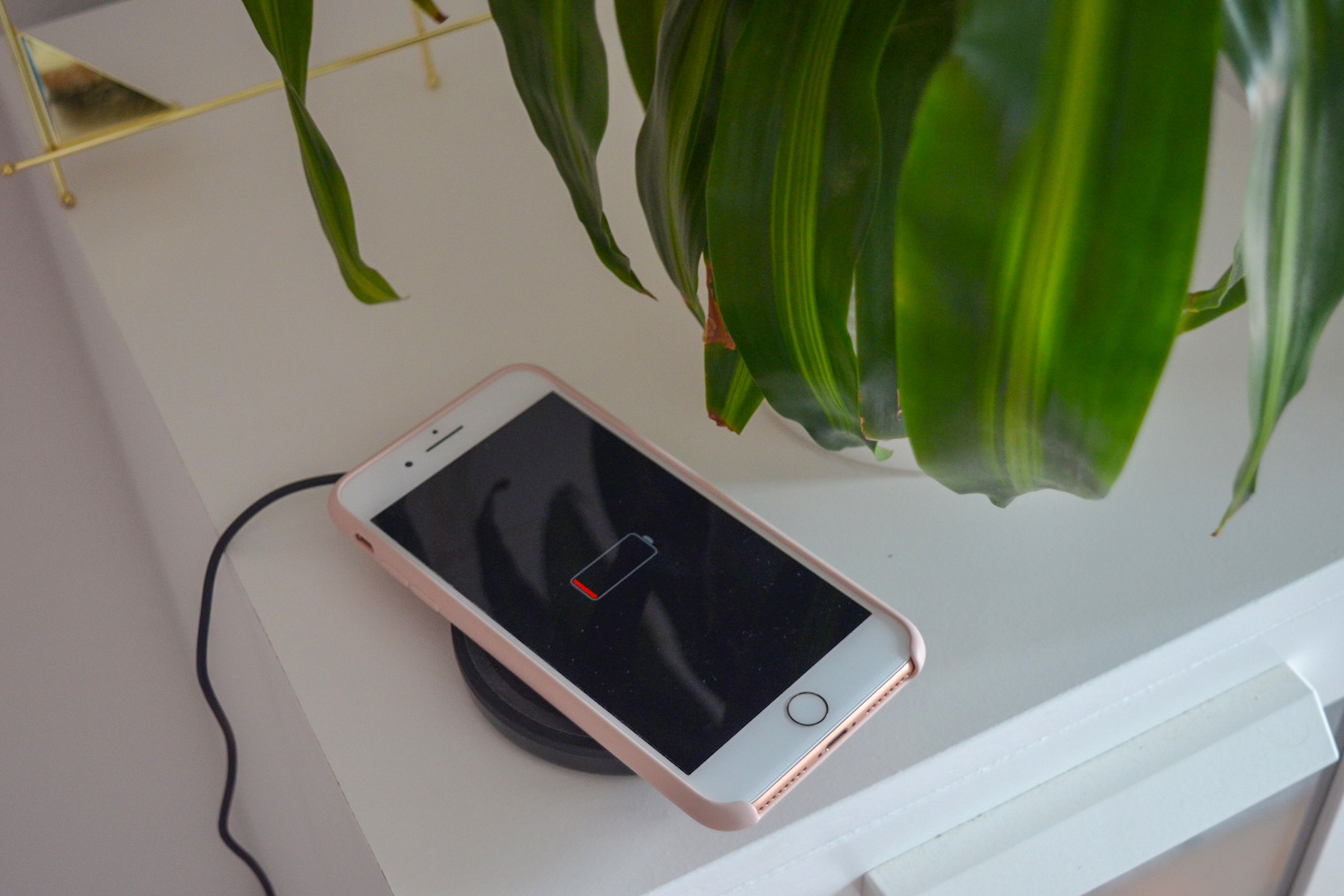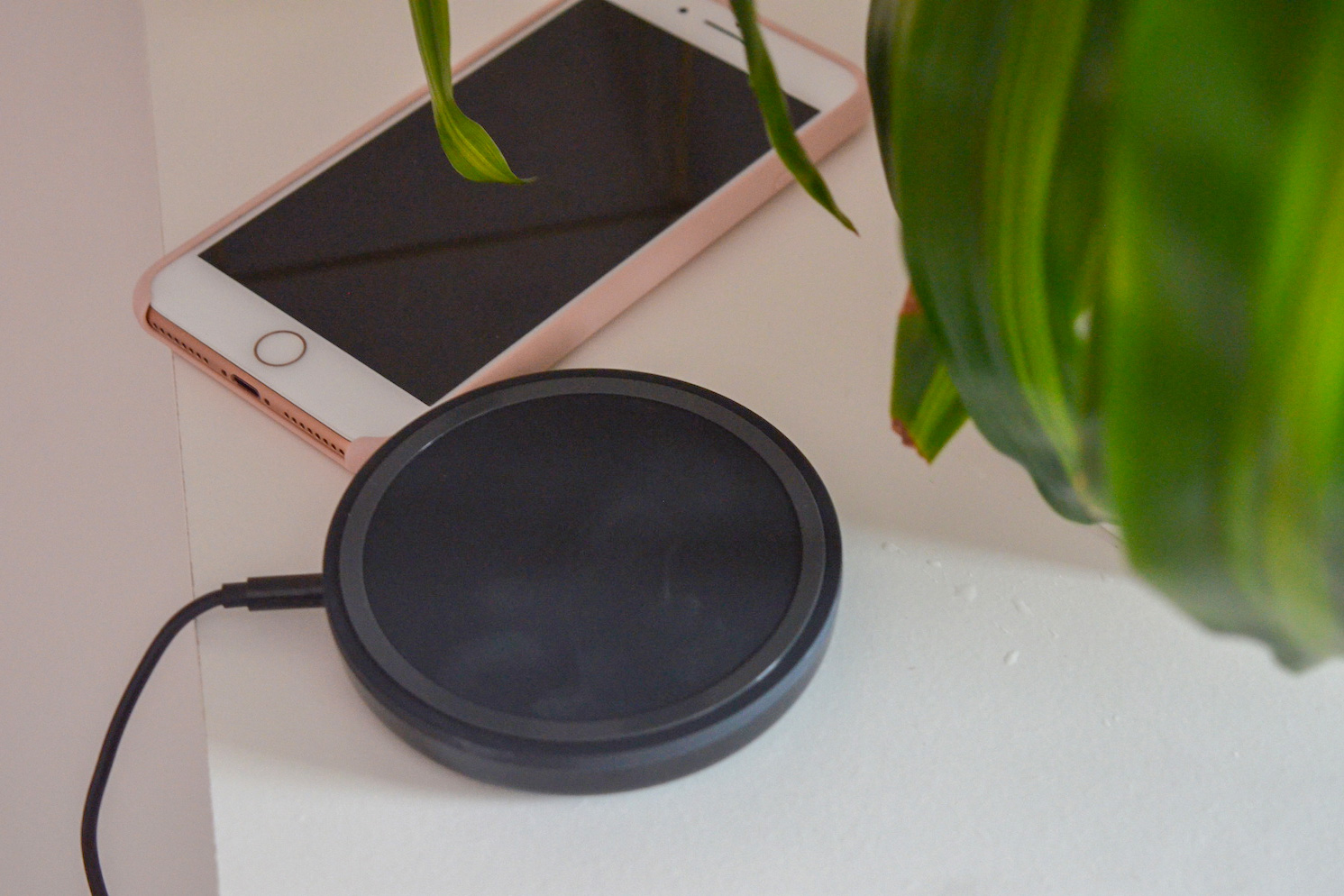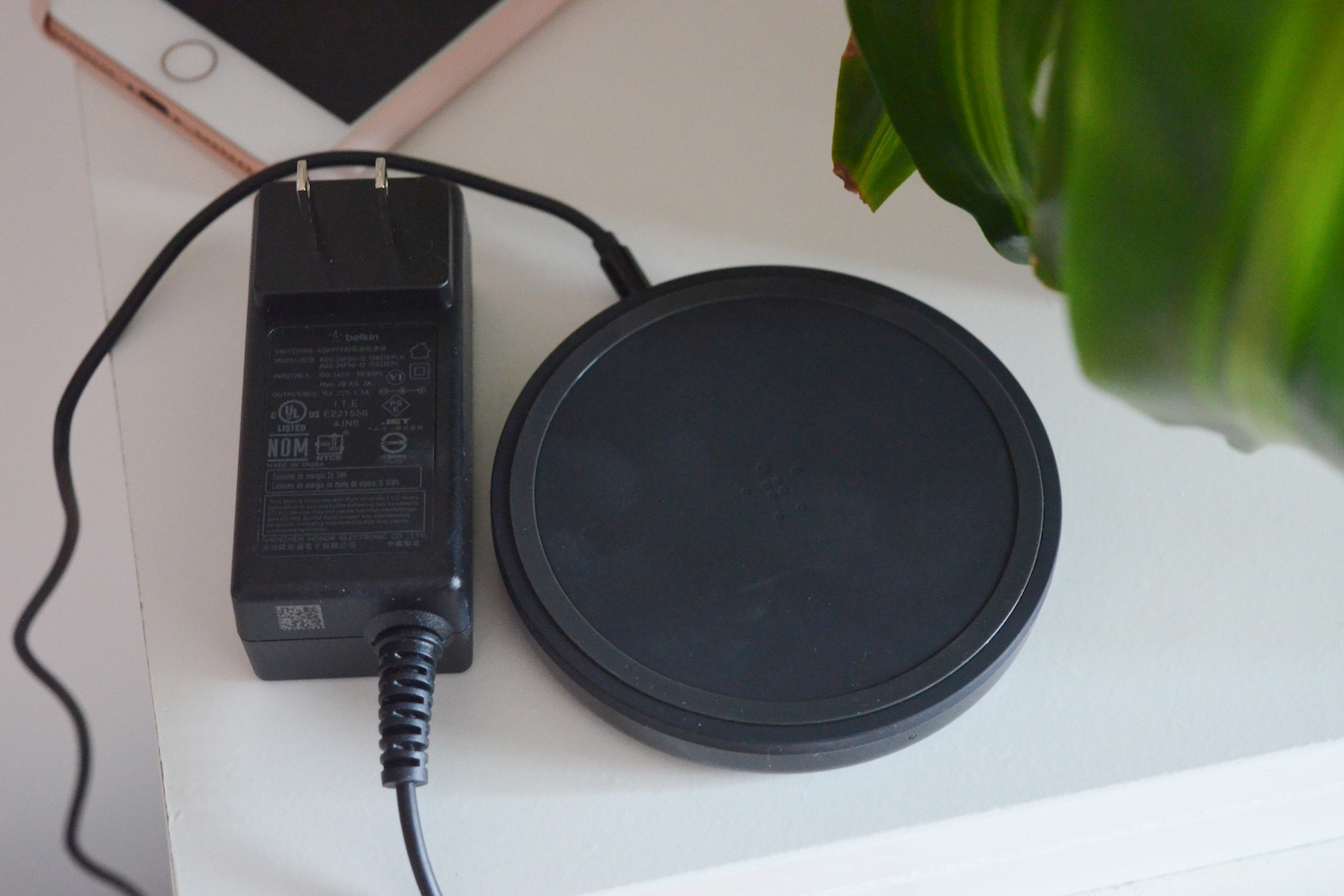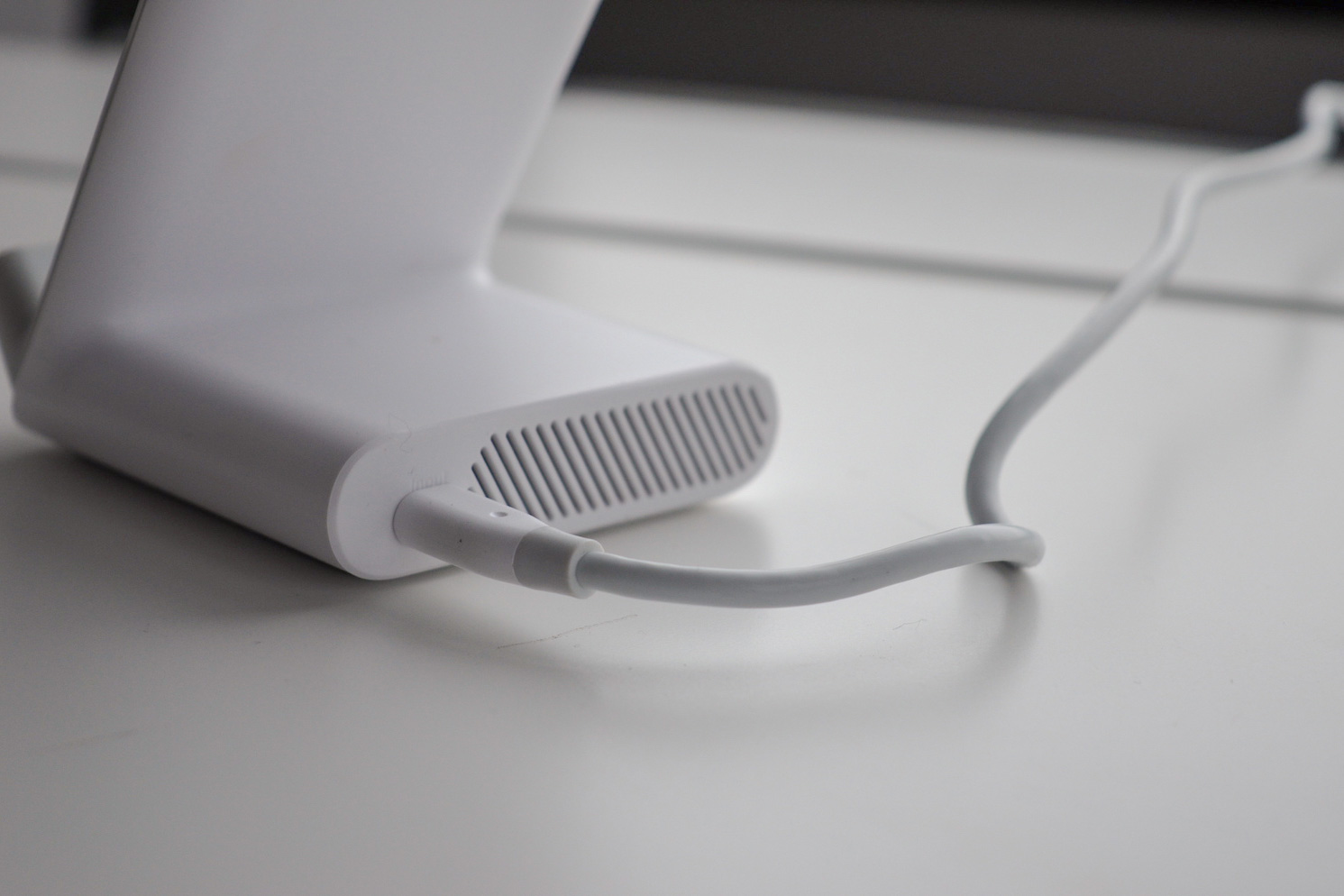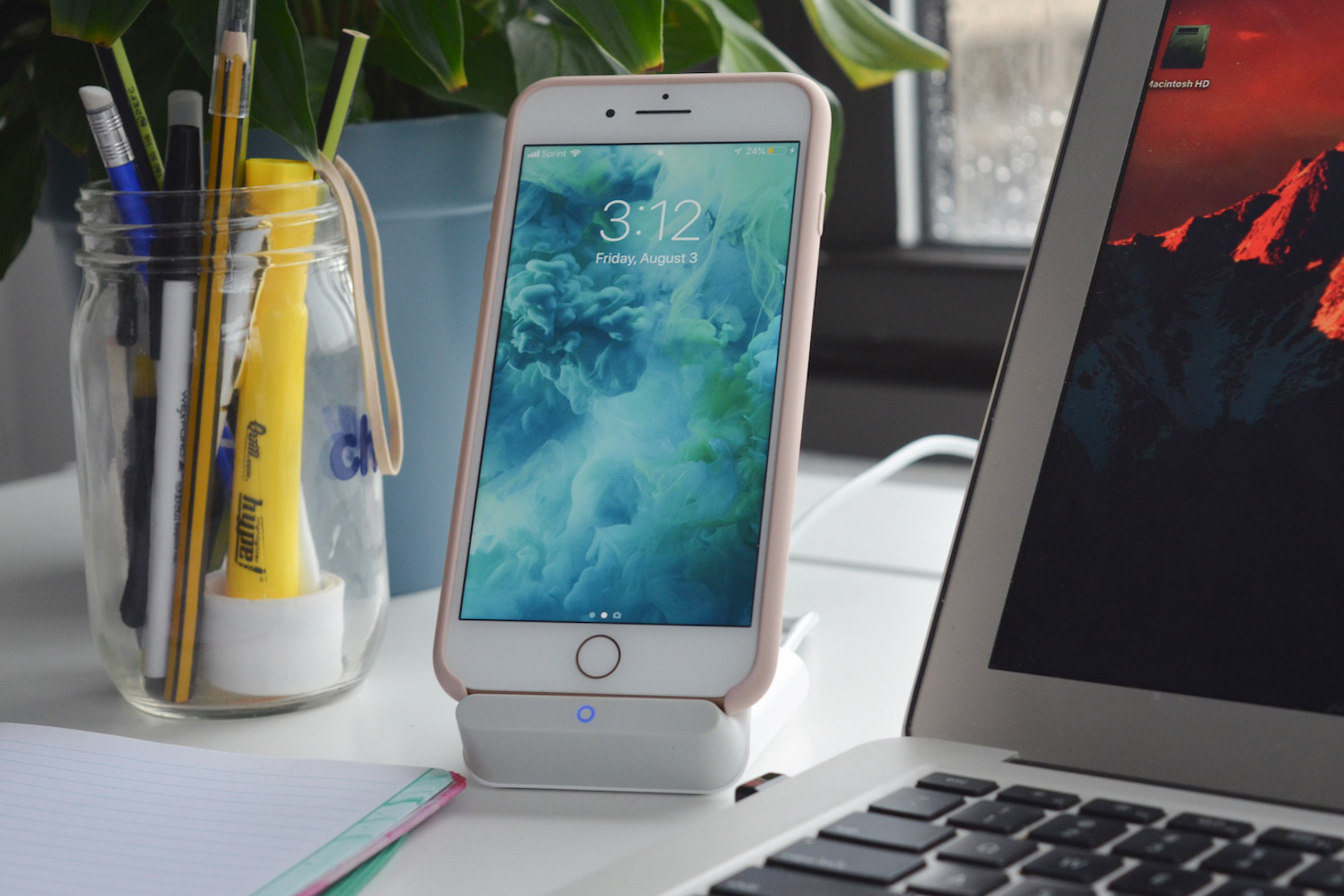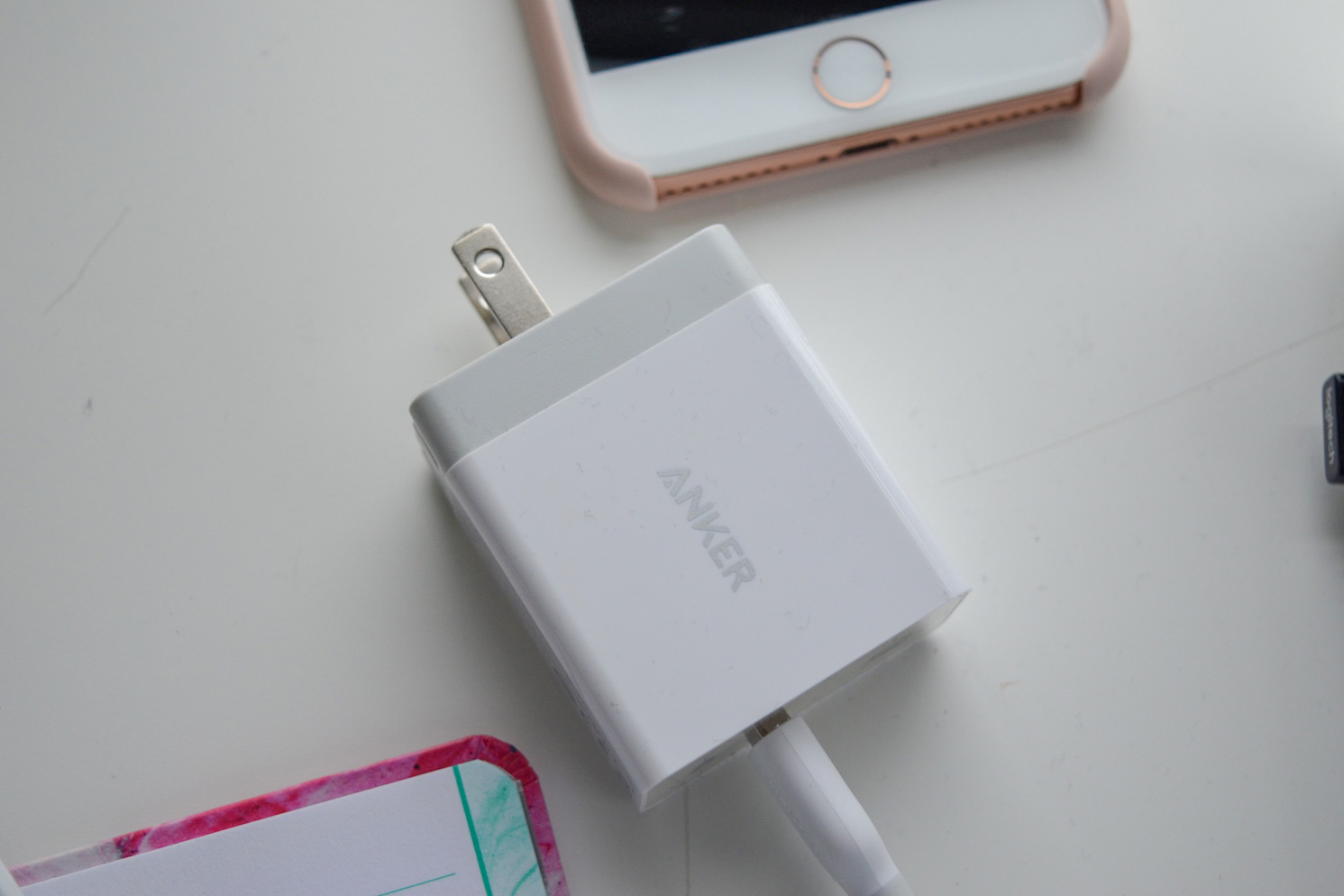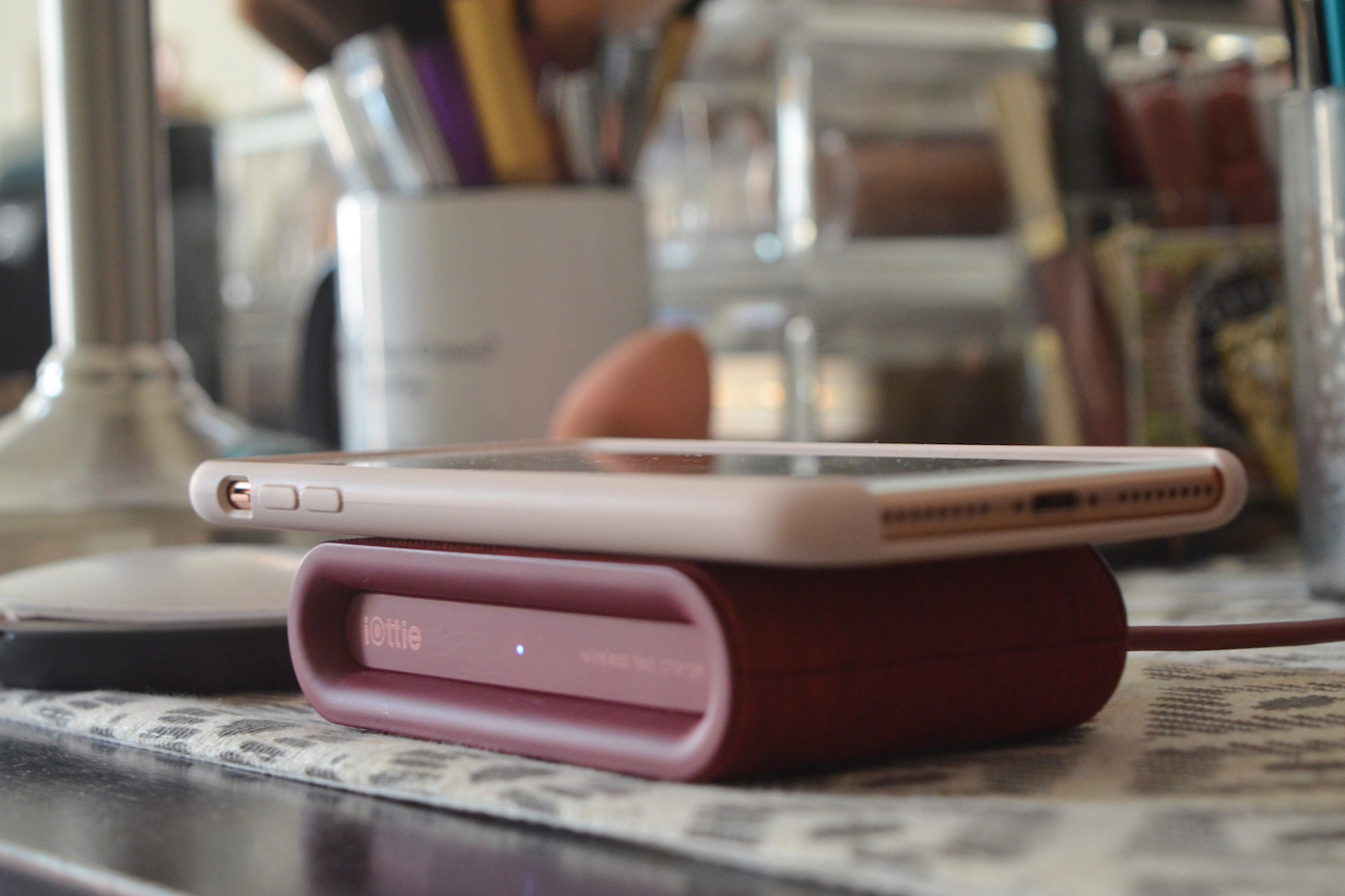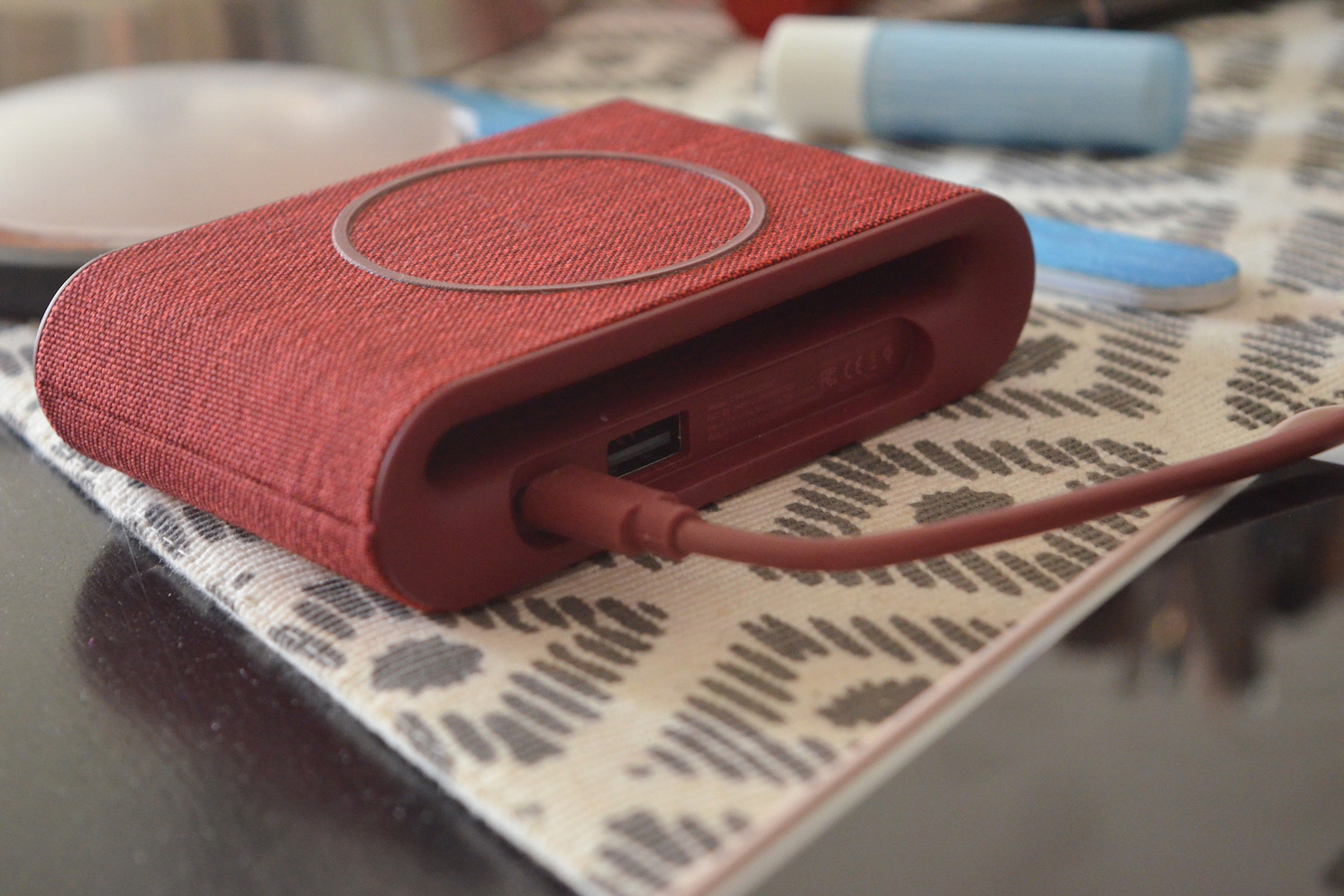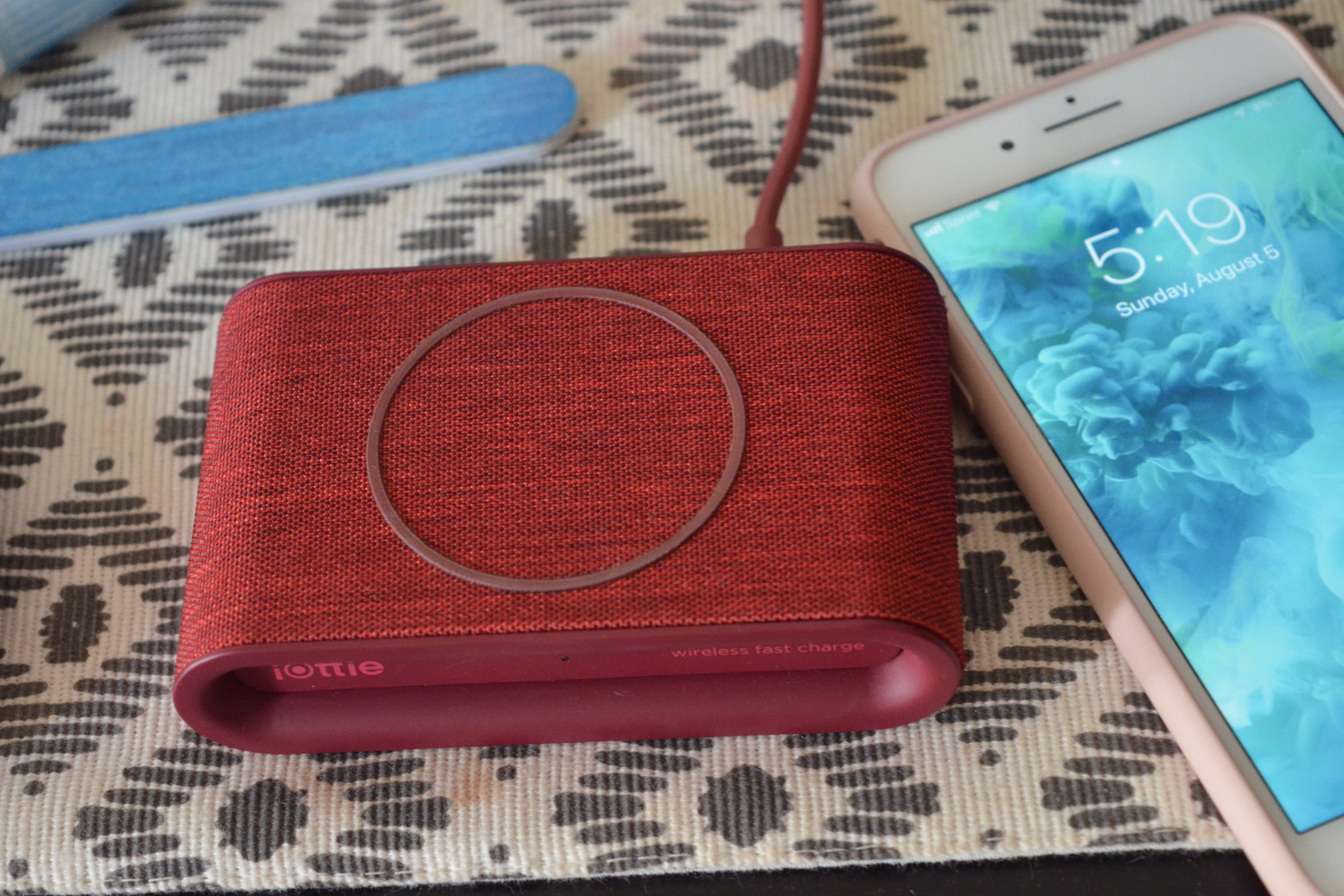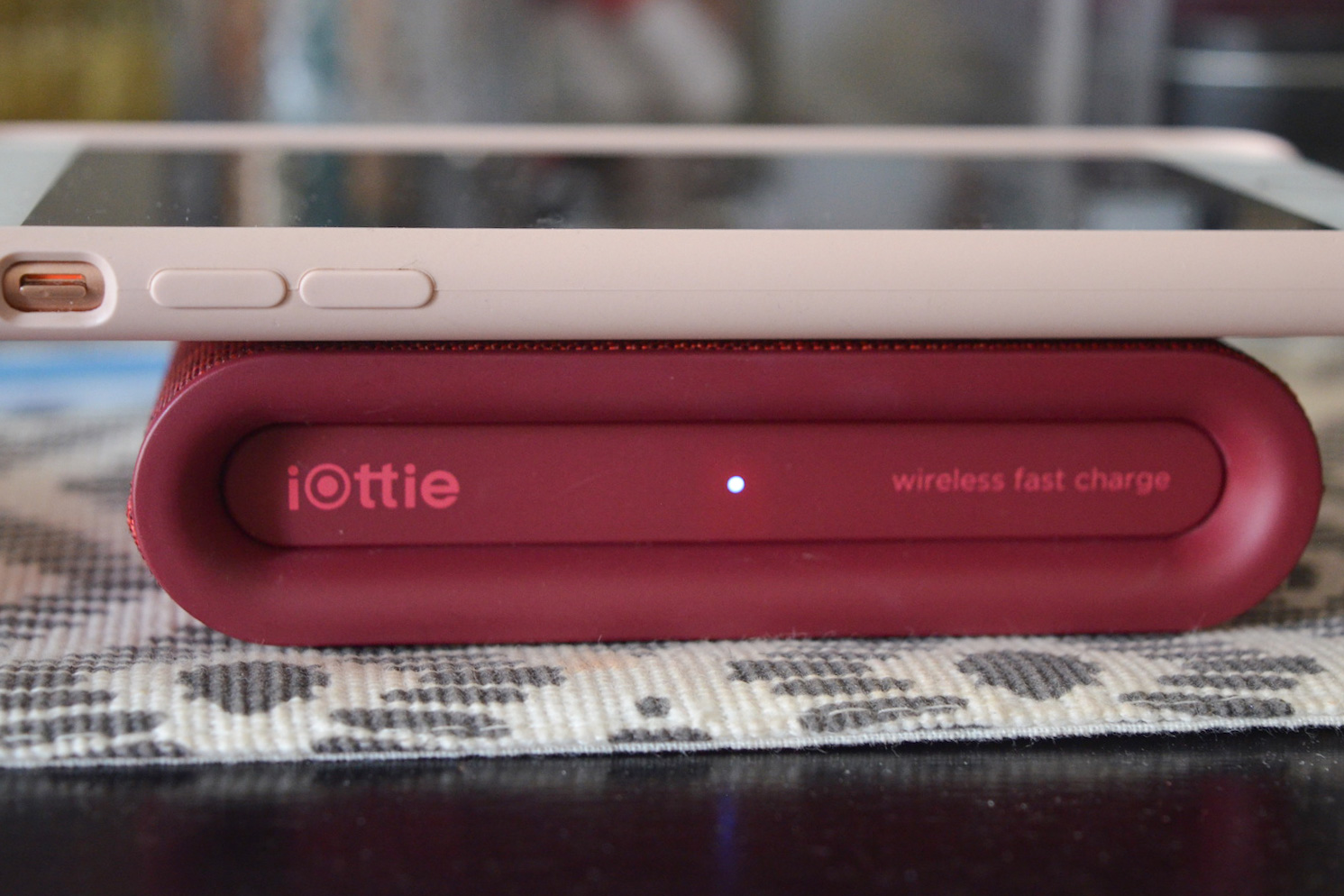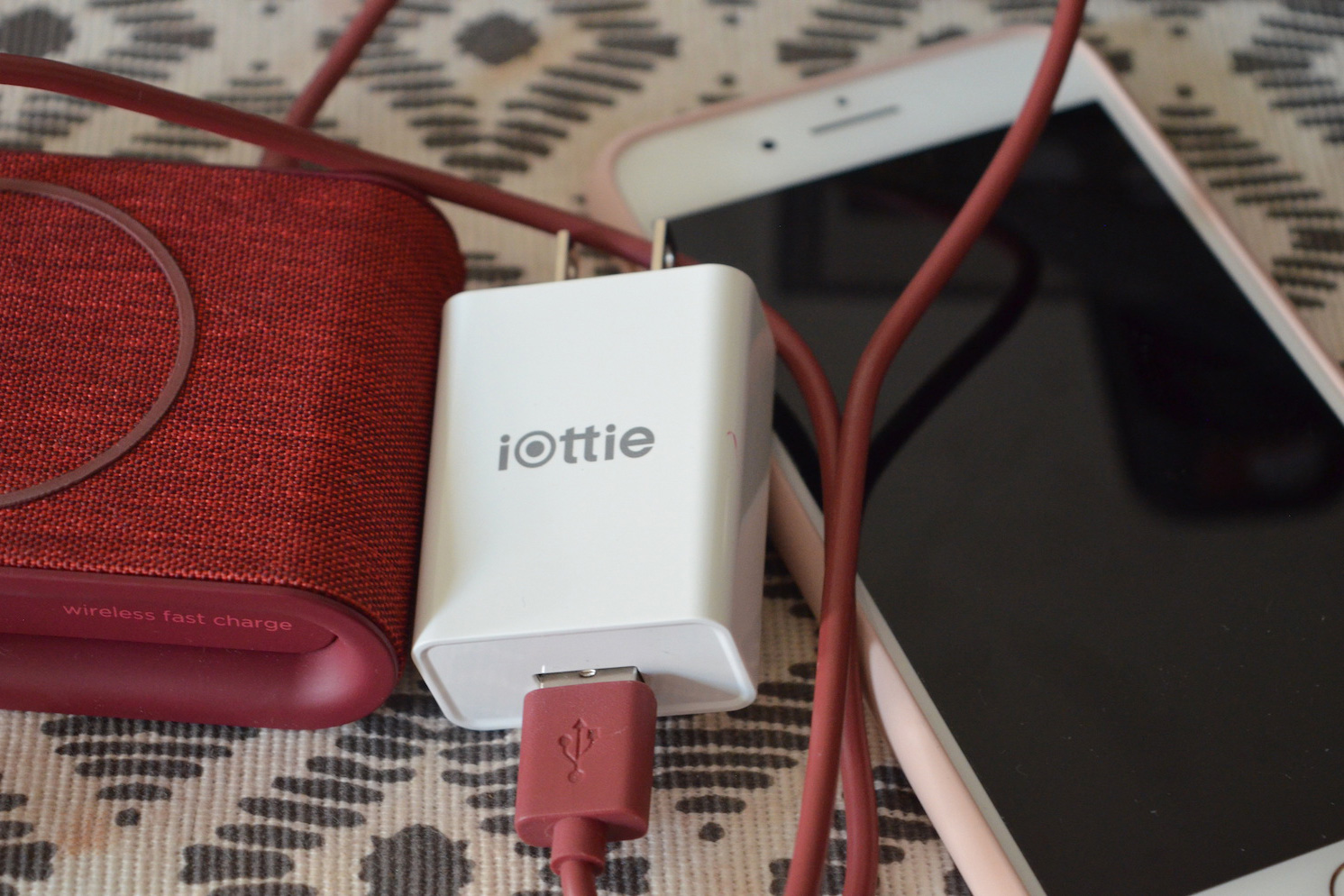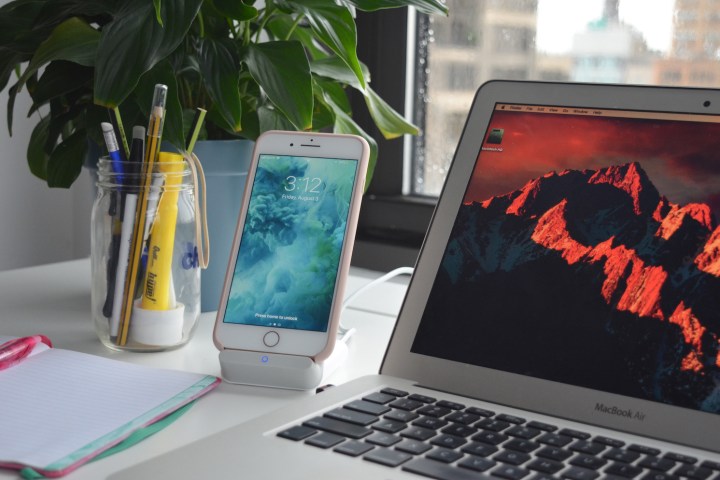
The iPhone 8, iPhone 8 Plus, and iPhone X are the first Apple devices ever to feature wireless charging, and now with an influx of wireless charging pads on the market, which one do you pick? We’ve tried out four of the top wireless charging pads with an iPhone 8 Plus to narrow things down.
Wireless charging with the iPhone 8 Plus
Back in October, we tested three top wireless charging pads with 7.5-watt output and support for the Qi standard on the iPhone 8 — which at time, could only accept 5 watts of power. Apple has since released the ability for its iPhone devices to accept 7.5 watts, which should speed up the time it takes to top up the battery. This time around, not only do all four of the wireless chargers output 7.5 watts (at the least), but the iPhone 8 Plus we’re testing them with can accept it. Some wireless charging pads are capable of pushing out 10 watts or more, but that doesn’t mean your iPhone will charge any quicker.
For each charger, we used the respective wall adapter and a wall outlet as a power source. We also completely drained the iPhone 8 Plus’ battery each time we placed it on the pad. Of the four wireless charging pads mentioned below, both Mophie and Belkin said they worked closely with Apple to create them.
The winner in our current test should also charge the iPhone 8 and iPhone X the fastest as well. Check out our best wireless phone chargers guide for more alternatives, but first, let’s see who came out on top in our test.
Specs and performance test
| Mophie charge stream pad+ | Belkin BoostUp Wireless Charging Pad | Anker PowerWave 7.5 Stand | iOttie iON Wireless Fast Charging Pad Plus | |
| Dimensions | 3.82 x 3.82 x 0.46 inches | 3.75 x 3.75 x .75 inches | 3.2 x 2.7 x 4.6 inches | 4.38 x 2.69 x 1.13 inches |
| Weight | 5.12 ounces | 4.8 ounces | 5 ounces | 3.7 ounces |
| Max Power Output | 10W (for Android devices) | 10W (for Android devices) | 7.5W | 10W (for Android devices) |
| Reached 50 percent at (about): | 1 hour and 27 minutes | 1 hour and 14 minutes | 1 hour and 10 minutes | 1 hour and 20 minutes |
| Total time to 100 percent (about): | 4 hours and 6 minutes | 3 hours and 5 minutes | 2 hours and 44 minutes | 4 hours and 2 minutes |
Mophie charge stream pad+ ($60)
On the outside, the Mophie charge stream pad+ looks identical to the company’s wireless charging base we tested previously — aside from the fact that it’s slightly bigger and heavier. Under the hood, the charge stream pad+ supports up to 10 watts for Android devices that can accept it, but the iPhone 8 Plus will only accept 7.5 watts.
On the outside, the charge stream pad+ is a puck-shaped charger with a rubberized finish. It doesn’t take up much room on a desk, and the thermoplastic polyurethane (TPU) coating keeps the iPhone from sliding off the charger, and it won’t damage the glass back. But beware, the silicone material is a magnet for dust.
On the edges of the bottom, there’s an LED light to indicate the device is charging, though it’s a little tough to see because it’s so low.
We started charging the dead iPhone 8 Plus at 12:40 p.m., and after about two minutes it powered up at three percent. By 2 p.n., the phone hit 50 percent, and then reached 100 percent around 4:45 p.m. It took about four hours to fully charge the iPhone 8 Plus.
Mophie said the charge stream pad+ also includes fail-safe circuitry, which prevents devices from overcharging after the battery capacity is fully charged. The charger also controls temperature to prevent the phone from overheating. You can charge an iPhone with a case on, but only if it’s no thicker than 3 millimeters.
Belkin BoostUp Wireless Charging Pad ($60)
Last year’s version of the Belkin BoostUp Wireless Charging Pad was the largest we tested. The latest model is significantly smaller, with a sleeker design than its predecessor, though we’re not fans of the extremely bulky wall adapter.
Like the Mophie, the Belkin BoostUp has a non-slip surface on both the top and bottom and has a plastic lining surrounding the outer sides. It didn’t attract as much dust as the Mophie, but you still may need to wipe it down now and then. There’s also an LED indicator on the front rather than towards the bottom, so it’s easy to spot at a glance.
We started charging our iPhone 8 Plus at 10:40 a.m. from zero percent and reached a little over 50 percent by 11:54 a.m. In total, the Belkin took about 3 hours to fully charge.
Belkin also sells a similar version of this charger as a kickstand, so you can keep your smartphone propped up.
Anker PowerWave 7.5 Stand ($70)
The Anker PowerWave is the only wireless charging stand we tested in this group, but it does come as a charging pad as well (which retails for $60). The stand looks more contemporary, with metallic branding set against a white, rubberized coating, and the circular LED light on the front. The bottom of the charger also has rubber padding, which keeps it from slipping and sliding across the desk.
While charging our device, we liked the ability to easily access and see our screen without needing to take it off the charger. It also still charges regardless of the phone’s orientation — placing it horizontally or vertically works. Since it’s not laying flat, the TPU coating doesn’t attract as much dirt and dust as the Mophie and Belkin chargers; but like the Belkin, the adapter on the PowerWave Stand is also extremely bulky.
Anker took the least amount of time to charge the iPhone 8 Plus completely. We started at 12:04 p.m. with a drained battery and reached 50 percent by 1:18 p.m. By 2:50 p.m., the 8 Plus was at 100 percent — which only took about two hours and 45 minutes overall. Among the four wireless chargers, Anker is the only one that comes with a Quick Charge 3.0 wall charger which increases the charging voltage.
According to Anker’s site, the high-speed charging is also due to its internal cooling fan within the coils. This reportedly prevents the charger from overheating and slowing down, allowing it to quickly charge a smartphone without any interruption.
iOttie iON Wireless Fast Charging Pad Plus ($55)
The iOttie iON Wireless Fast Charging Pad Plus is our favorite in terms of design. Rather than the rubber and plastic combination that’s typical with wireless charging pads, the iOttie has a fabric wrap finish. It looks good whether it’s on a desk, night stand, or kitchen counter. There are three stylish color options to choose from — ash, ivory, and ruby.
On the bottom of the charger, there are four small silicone pads to keep it steady. On top is a silicone ring to keep the iPhone from sliding off, and it blends nicely into the fabric. On the front is a LED light indicator to let you know when the device is charging (which blinks red when it detects the device is placed incorrectly on the charger), along with a USB-A port to charge an additional device on the back. At 3.7 ounces, it’s the lightest wireless charging pad we tested out of the four.
We started charging the iPhone 8 Plus at 2:02 p.m. and by about 3:20 p.m., it was at about 50 percent. In total, the iOttie took close to four hours and 2 minutes to charge — only a few minutes faster than the Mophie. We preferred the square shape when placing our phone down on the pad, because it made it easier to align without having to pay too much attention on whether the device is charging.
Winner: Anker PowerWave 7.5 Stand
Of all four wireless chargers, the Anker PowerWave 7.5 was our favorite. It includes all the same features as the Mophie, Belkin, and iOttie — a non-slip coating, a LED light indicator, and fail-safe circuitry to protect the device. To add to that, it also charges the quickest by a large margin, and it looks stylish. It’s the most expensive on the list, but you’re only shelling out about $10 more than you would for the others. The Anker PowerWave 7.5 can be purchased on Anker’s site, and all of these charging pads are available for purchase now.
